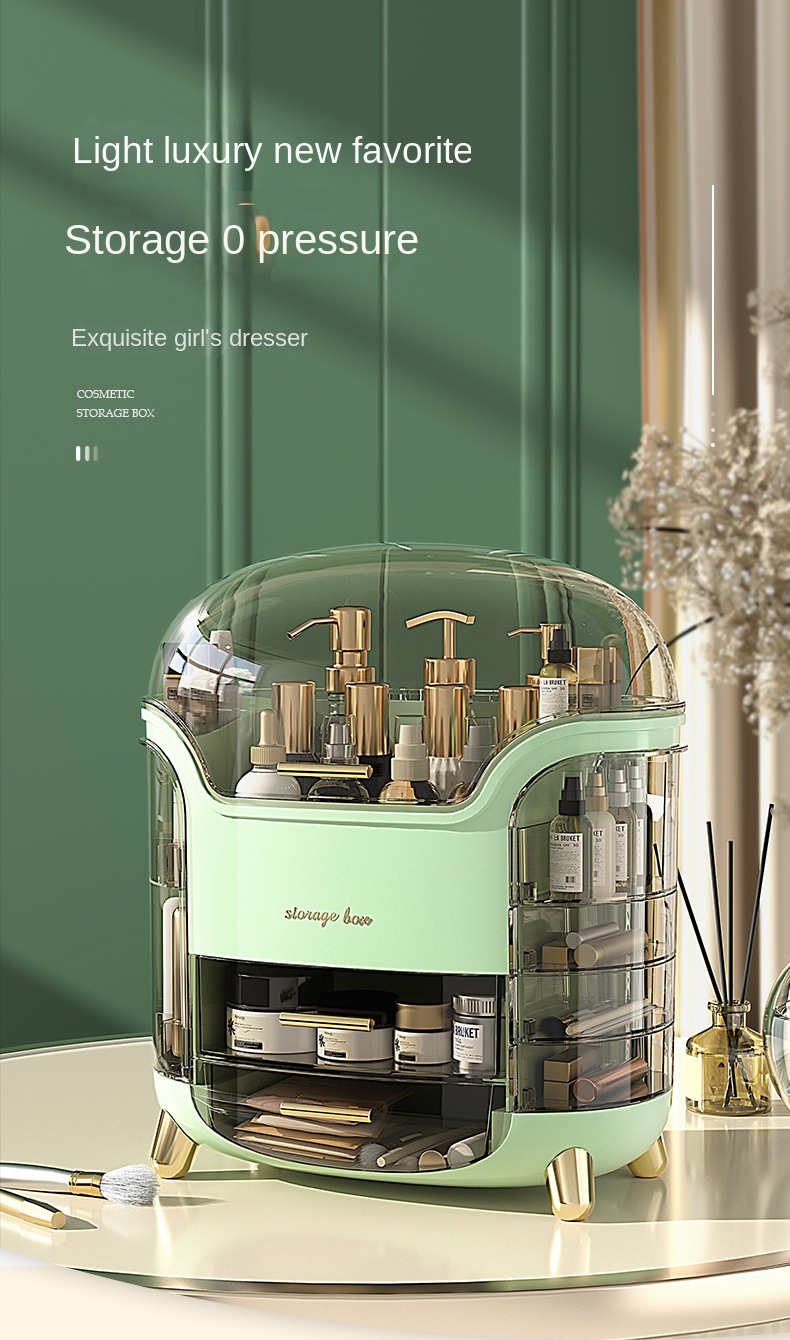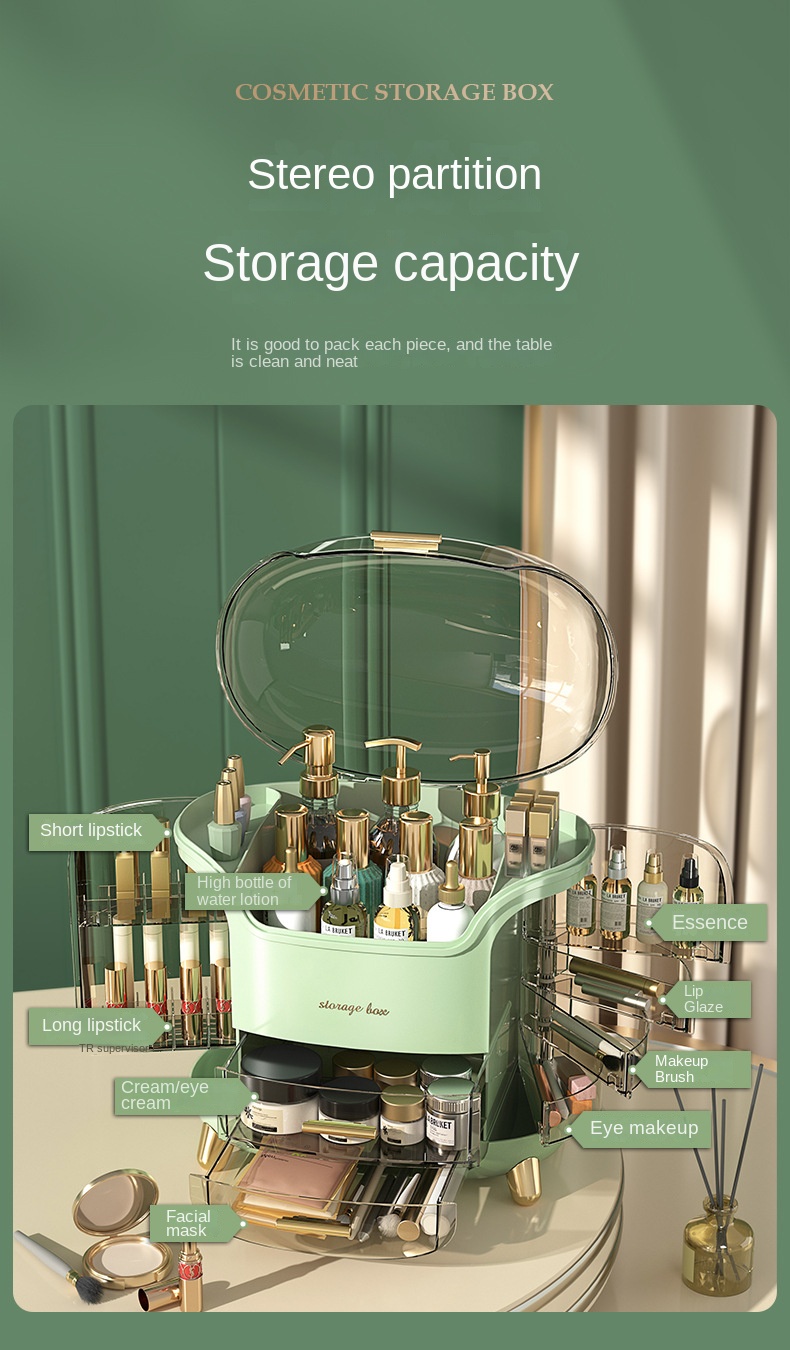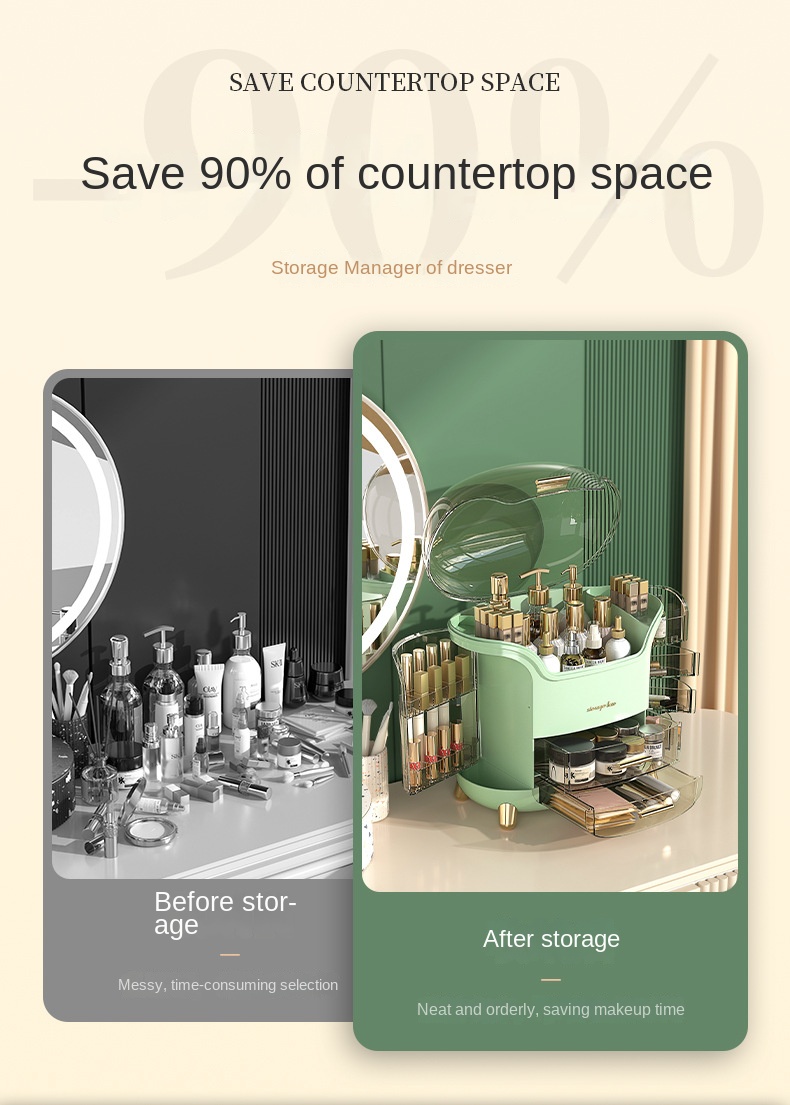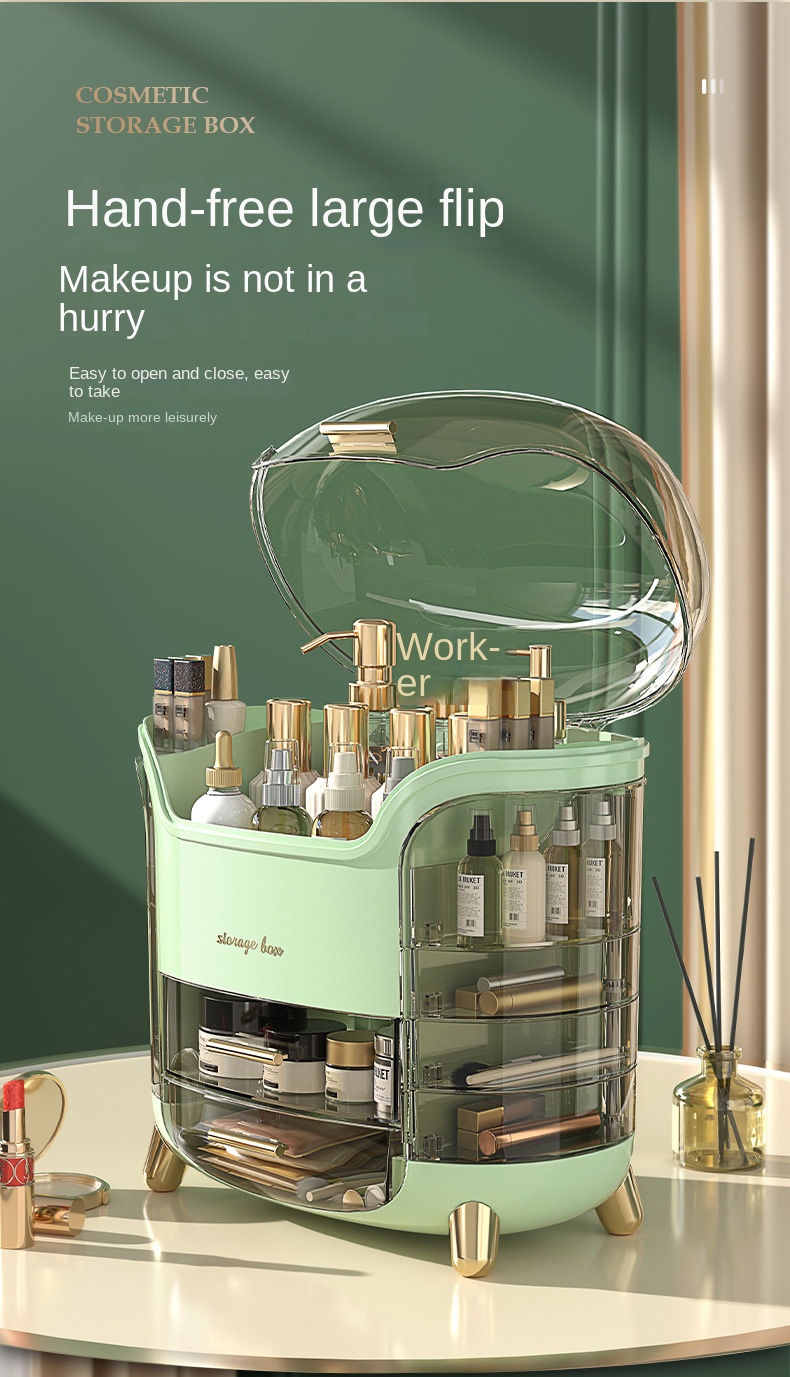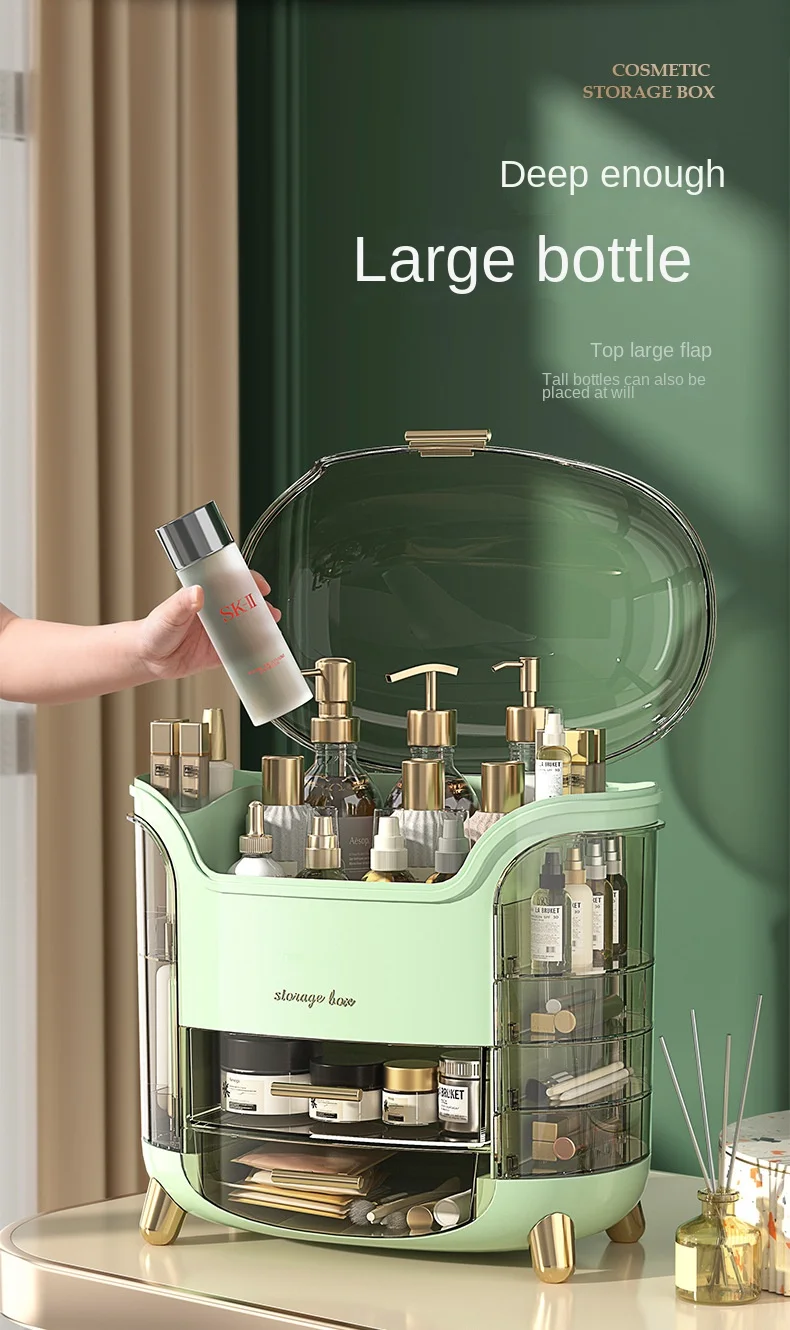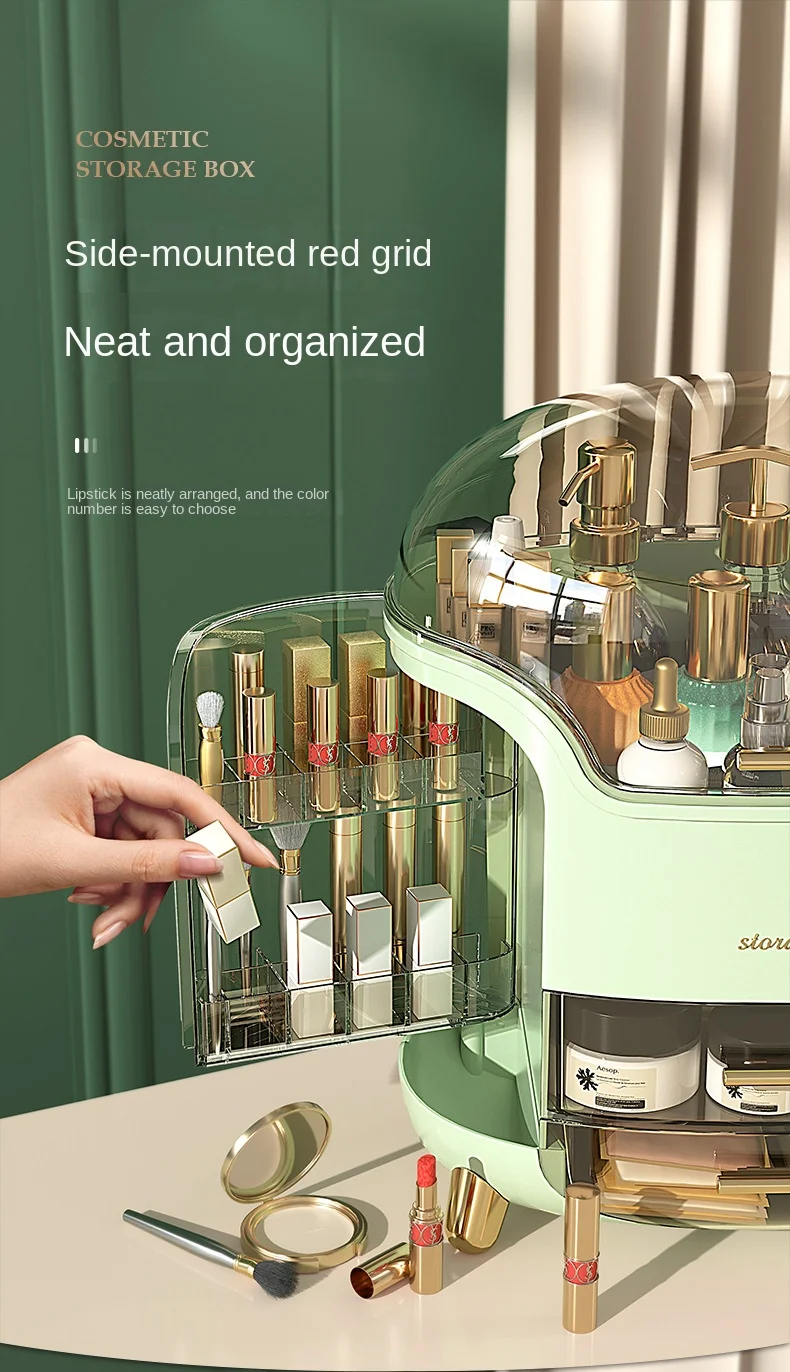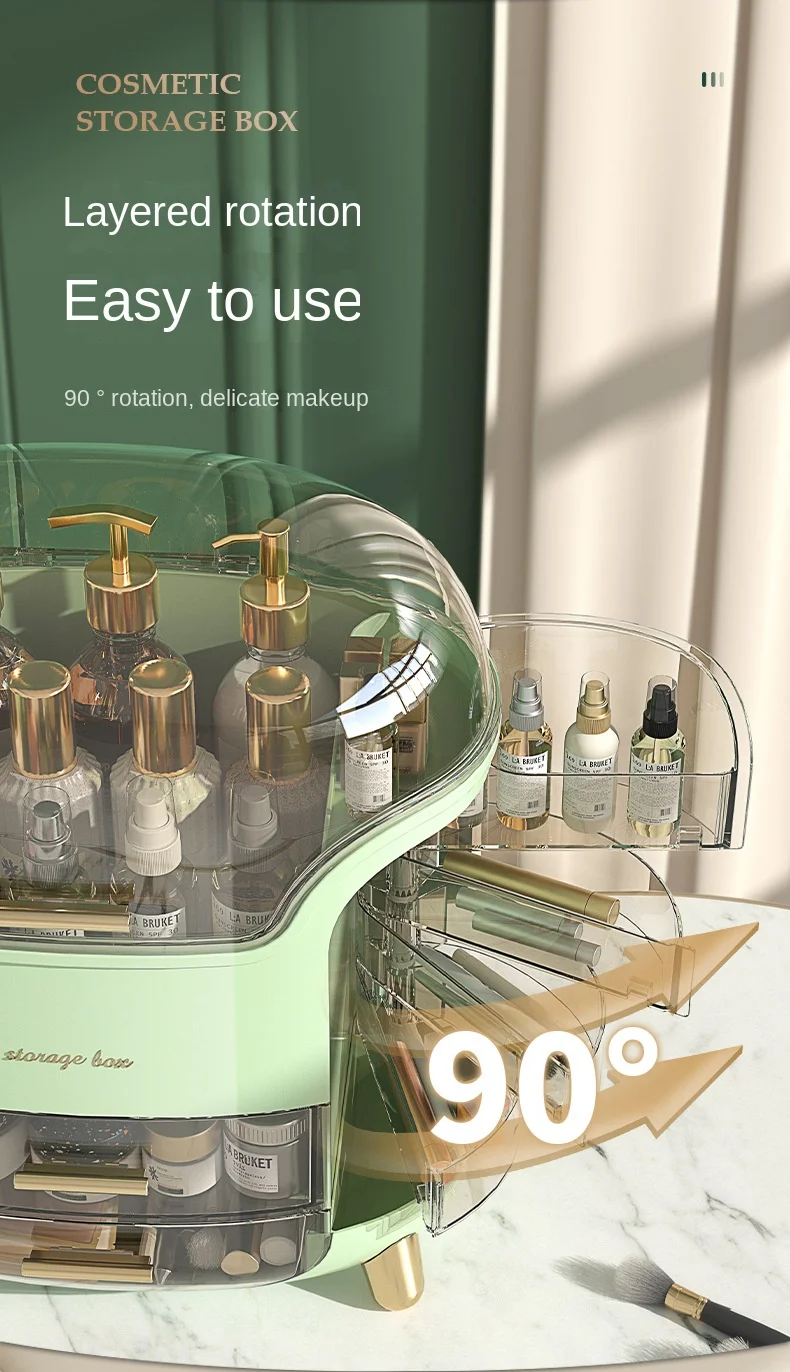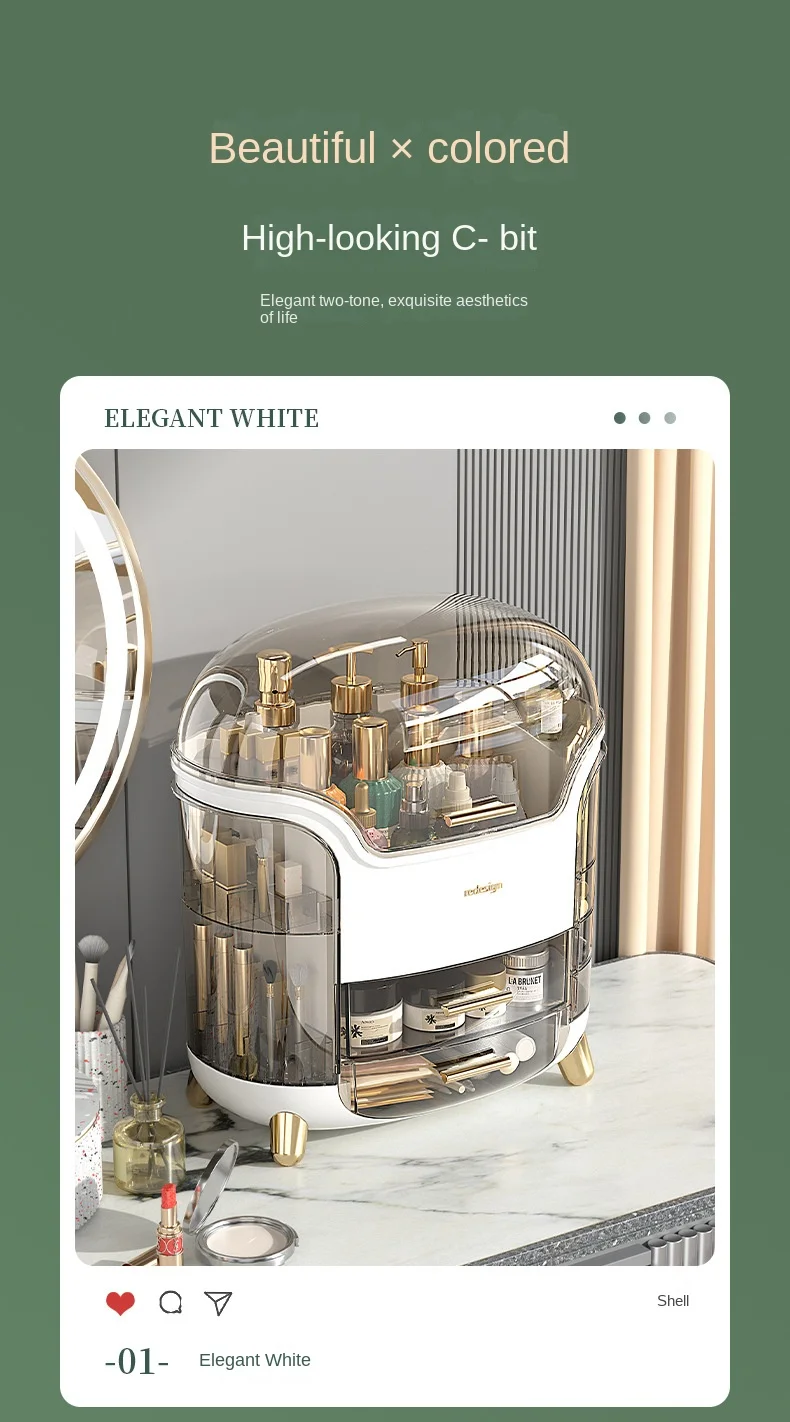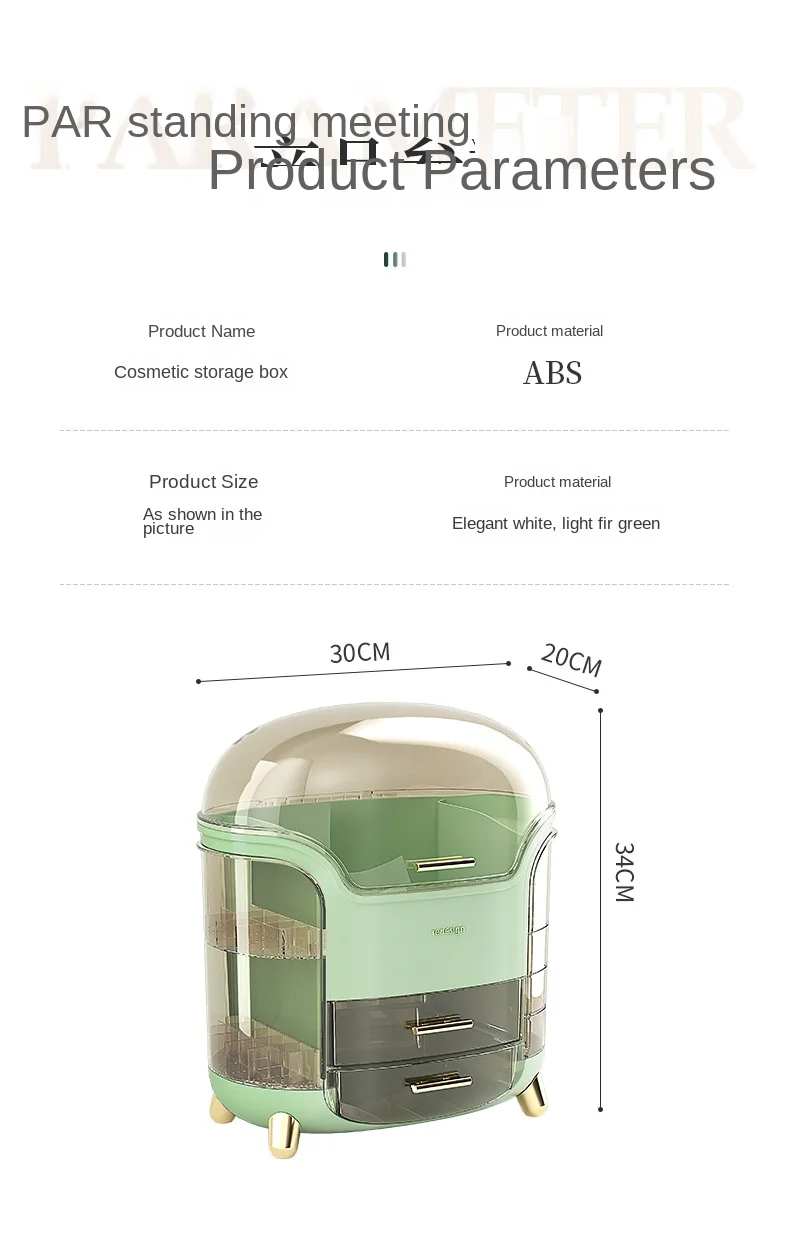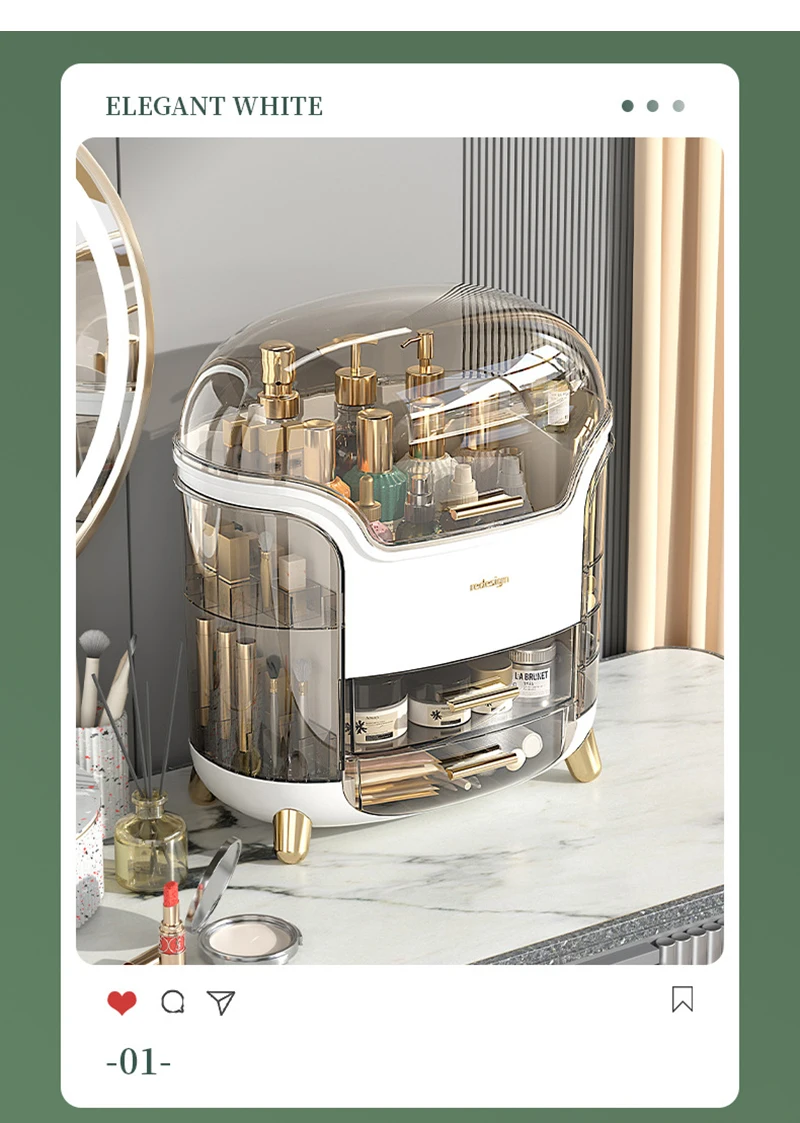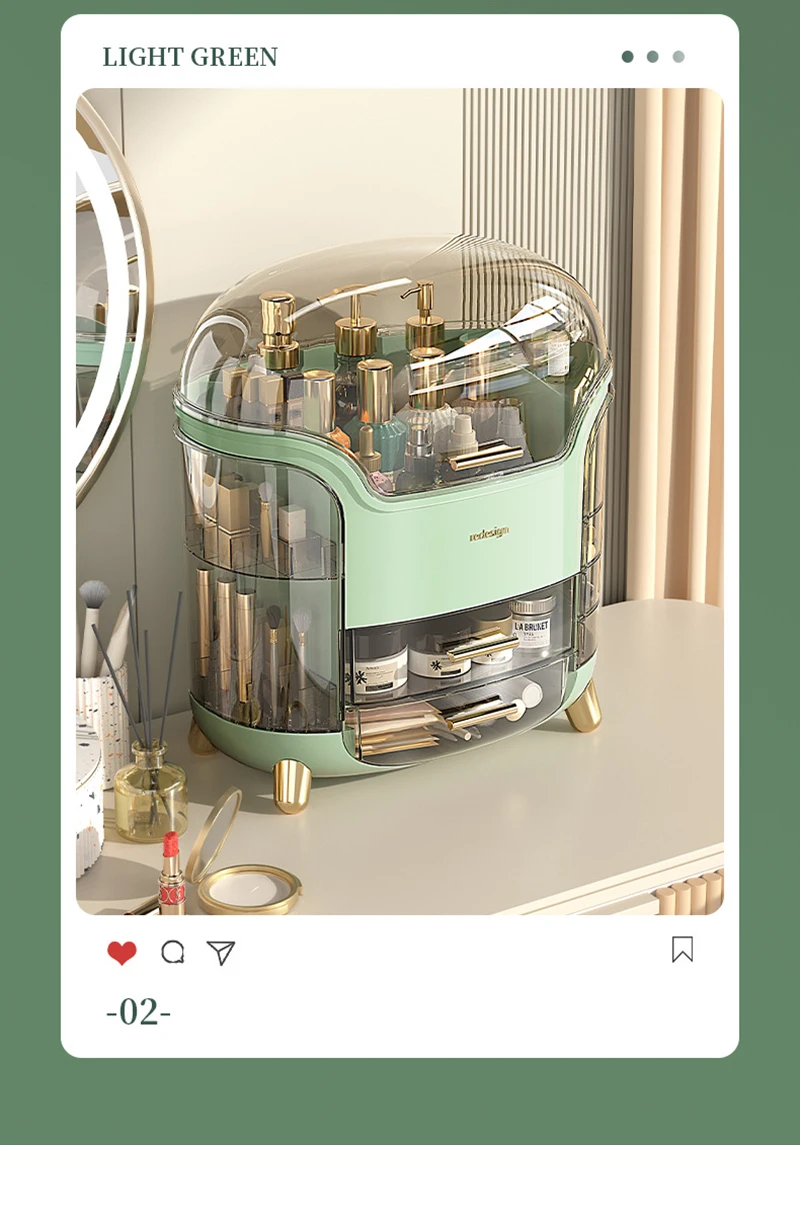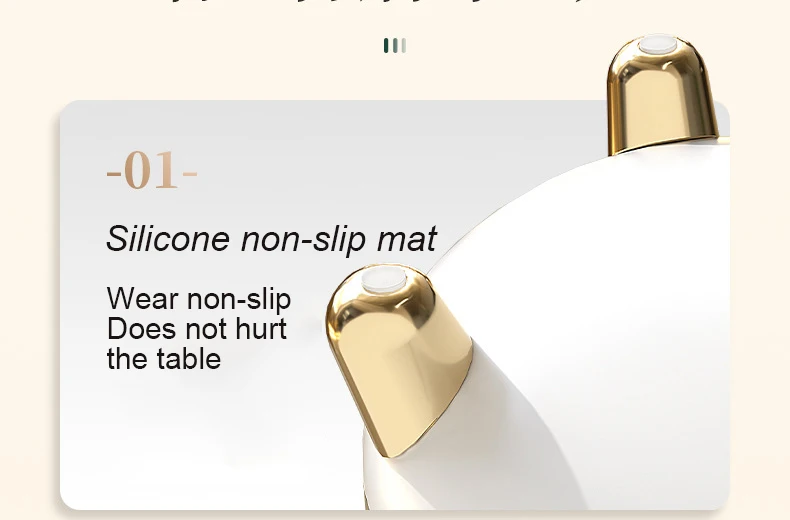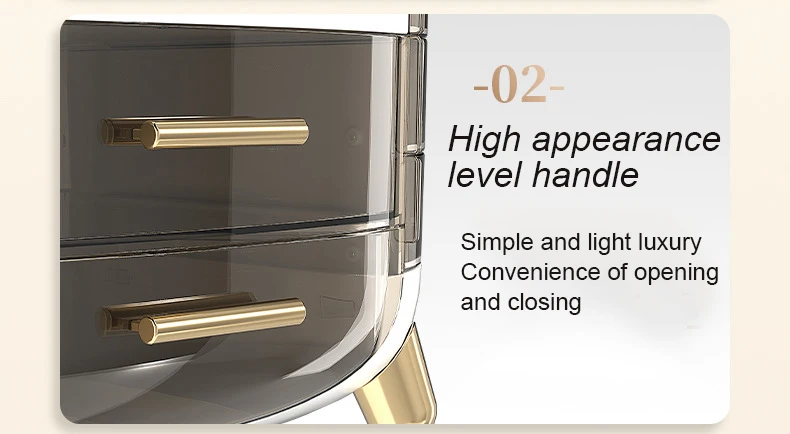Desk Organizers: Elevate Your Workspace
In today's fast-paced world, maintaining an organized workspace is essential for productivity and mental clarity. Whether you’re working from home or at a traditional office, a cluttered desk can lead to stress, distraction, and inefficiency. This is where desk organizers come into play. These stylish and functional accessories are designed not just to keep your desk tidy, but to create an inspiring environment that boosts creativity and focus.
Imagine sitting down at your workspace, the morning sun streaming through the window, and instead of feeling overwhelmed by chaos, you’re greeted by a neatly arranged setup of stylish desk accessories. From pens and notebooks to tech gadgets, every item finds its place, enhancing both the aesthetic appeal and practicality of your workspace. This harmonious setup is not just visually pleasing; it also paves the way for seamless home office organization that allows you to transition smoothly into your work tasks.
But how do you achieve this level of organization? In this blog post, we’ll delve into effective desk organization tips that cater to different styles and needs. We’ll explore various types of desk organizers, offering insights into materials, sizes, and designs that suit your personal taste while prioritizing functionality. Additionally, we'll discuss the importance of workspace decluttering—a crucial step that not only helps in organizing but also cultivates a sense of calm and control.
With the right desk organizing tools, you’ll not only optimize your workspace but also enhance your productivity and creativity. So, are you ready to transform your desk into an oasis of organization? Let’s dive in!
Importance of Desk Organization
Boosting Productivity
Desk organization directly contributes to enhanced productivity in both home and corporate settings. When your workspace is well-organized, tasks can be completed more efficiently. Here’s why:
- Streamlined Workflow: When everything you need is at your fingertips, you waste less time searching for items. This leads to a smoother workflow.
- Reduced Distractions: A cluttered desk can be incredibly distracting. By keeping your workspace tidy, you're less likely to get sidetracked by unnecessary visual cues.
- Better Time Management: An organized desk can help prioritize tasks effectively, leading to more optimal time management.
Enhancing Mental Clarity
Many people underestimate the impact that a disorganized workspace can have on mental clarity and focus. Here’s how desk organization can contribute to a clearer mind:
- Visual Clarity: A tidy desk allows for clearer vision of the tasks at hand, which can enhance decision-making abilities.
- Stress Reduction: Clutter in your environment can elevate stress levels. A minimalistic approach to desk organization promotes a sense of control and calm.
- Improved Creativity: A clear mind fosters creativity. Organized spaces encourage innovative thinking and the generation of new ideas.
Aesthetic Appeal of a Tidy Workspace
While functionality is crucial, the aesthetic appeal of your workspace significantly influences your mood and morale. Here’s why a stylish desk can matter:
- Visual Inspiration: An organized and appealing workspace is inspiring. It can enhance motivation and trigger creativity when you’re surrounded by stylish desk accessories.
- Professional Image: For those working from home or meeting clients virtually, a neat desk creates a strong professional impression.
- Personal Expression: Organizing your desk allows you to express your personality through carefully chosen accessories, making your workspace uniquely yours.
Conclusion: Implementing Desk Organization Strategies
Incorporating desk organization strategies is not just about keeping your items in place; it’s about creating an environment that enhances productivity, facilitates mental clarity, and promotes an appealing aesthetic. Here are a few effective tips:
- Utilize desk organizers to segment space effectively.
- Adopt the one in, one out principle to manage clutter.
- Regularly assess what items truly belong on your desk and shed the unnecessary.










